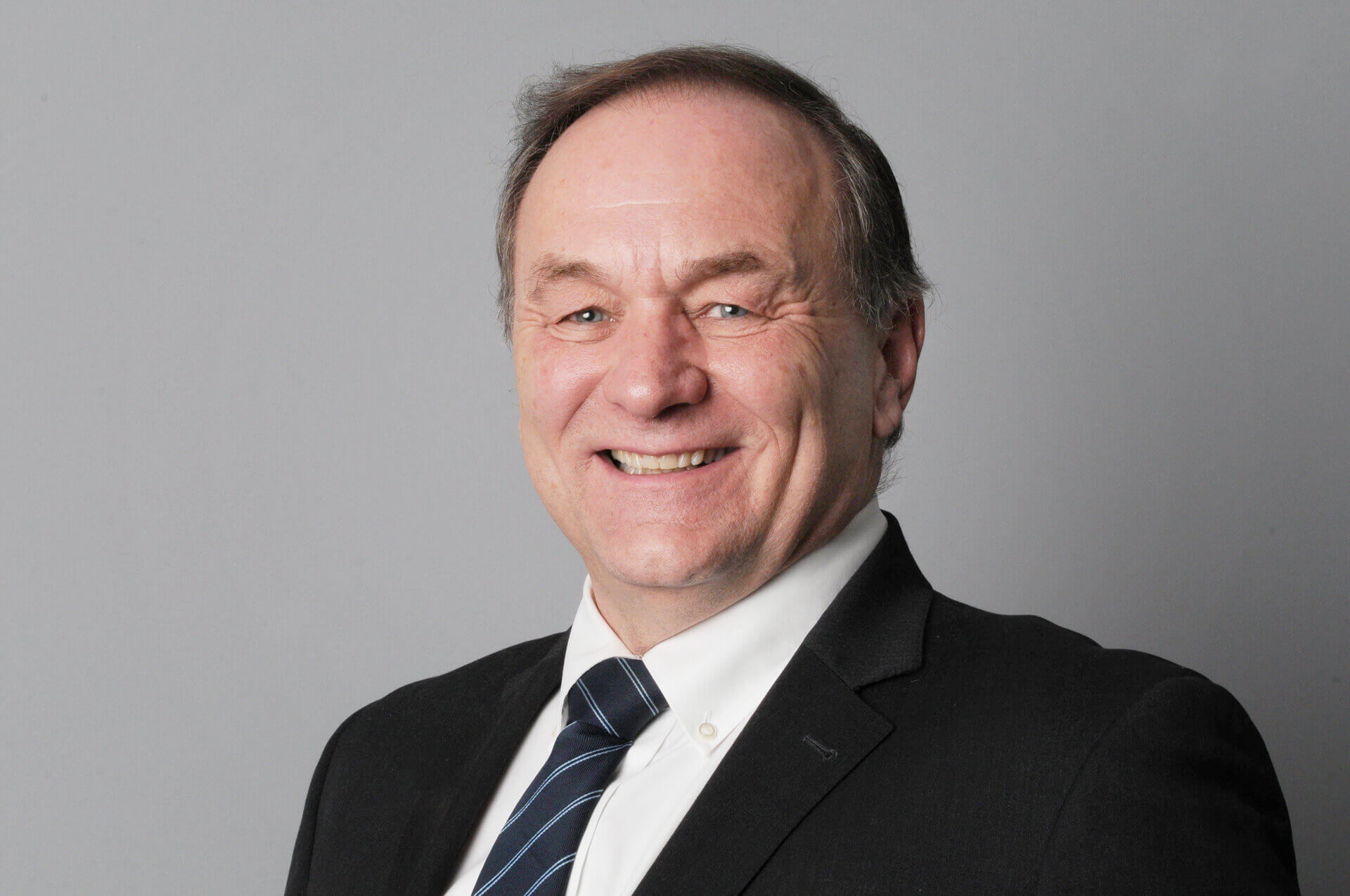Revolution in the hydrogen sector?
Green hydrogen is the only hydrogen type fully compatible with net-zero emissions targets and sustainable, climate-friendly energy use. The market volume for the clean energy solution was USD 3.2 billion in 2021, according to Grand View Research, and is expected to increase at a dynamic growth rate of 39.5% between 2022 and 2030. Until now, the major drawbacks of green hydrogen have been its high production costs. With the announced cooperation between dynaCERT and Cipher Neutron to further develop, produce and commercialize a state-of-the-art hydrogen technology, including the anion exchange membrane (AEM) electrolyzer technology, the price of the energy of the future could be significantly reduced.
AEM is considered a perfect symbiosis of proton exchange membrane (PEM) electrolyzers and alkaline electrolyzers. The use of platinum and iridium as catalysts results in high material costs for PEM, while AEM technology does not use such precious metals. The major disadvantages of alkaline electrolysis are the low current density and the decomposing alkaline solution used as an electrolyte. AEM technology, on the other hand, offers higher current density as it uses significantly lower amounts of decomposing electrolytes compared to alkaline electrolyzers.

Clear advantages in efficiency
Cipher Neutron's focus is on electrolyzers for the production of green hydrogen and reversible fuel cells for power generation and energy storage solutions. The developed products offer clear advantages over other solutions of hydrogen production, power generation and energy storage currently available on the world market. With the Canadian company dynaCERT, Cipher Neutron now plans to expand the development of dynaCERT's high-efficiency AEM electrolyzers. To date, a 5 KW prototype has been developed, which clearly highlights the advantages.
A typical commercially available electrolyzer consumes more than 51 kWh of energy to produce 1kg of hydrogen or achieve 77% efficiency, while the 5 KW AEM electrolyzer jointly developed by Cipher Neutron and dynaCERT reduces energy consumption to 48 kWh, thereby achieving 82% efficiency. The product is expected to reach market readiness by Q4 2023 and be the largest single-stack AEM electrolyzer available today.
Larger scale development
The goals of the joint venture are to conceptualize commercially larger systems that can produce green hydrogen gas at more competitive prices, thus becoming a pioneer in the field of hydrogen technology. In doing so, the partners' research and development teams continue to focus on cost efficiency and lower material costs. For example, AEM electrolyzers of 5 KW and 50 KW are to be produced, meeting commercial specifications of potential customers on an international scale. On a larger scale, production of a 250 KW electrolyzer suitable for future large-scale infrastructure projects is under development.

Interim Conclusion
The agreed-upon collaboration between dynaCERT and Cipher Neutron could be a game changer in the production of low-cost green hydrogen. Market readiness for the small product line of the 5 KW AEM electrolyzer is already planned for the current year. In addition, dynaCERT reported significant successes in the sales of its HydraGEN technology in the past fourth quarter. 137 confirmed orders were reported at the end of the year, with as many as 112 still leaving the warehouse in 2022. In comparison, only 9 HydraGEN units were sold in the third quarter. Another milestone is likely to be the final "go" for CO2 allowance trading.
According to dynaCERT CEO Jim Payne, the Company is in the final stages of Verra's Verified Carbon Standard - the most widely used greenhouse gas crediting program globally. As a final step, Verra contracted with Earthood, an approved validator, to provide services related to method validation in accordance with the terms and conditions outlined in the Agreement and VCS regulations. Final approval would open up a new recurring revenue stream for dynaCERT. That is because, with the administration of carbon credits for its HydraGEN customers, the business model is based on the sharing of revenues generated by the sale of carbon credits. In addition, the Company aims to generate up to CAD 10 million in the form of a carbon credit convertible bond. This is of particular interest to companies that need to offset their greenhouse gases in order to meet their ESG requirements. Oil and gas producers, as well as mining or transportation companies, come into question here.
The update is based on the initial report 11/2022

